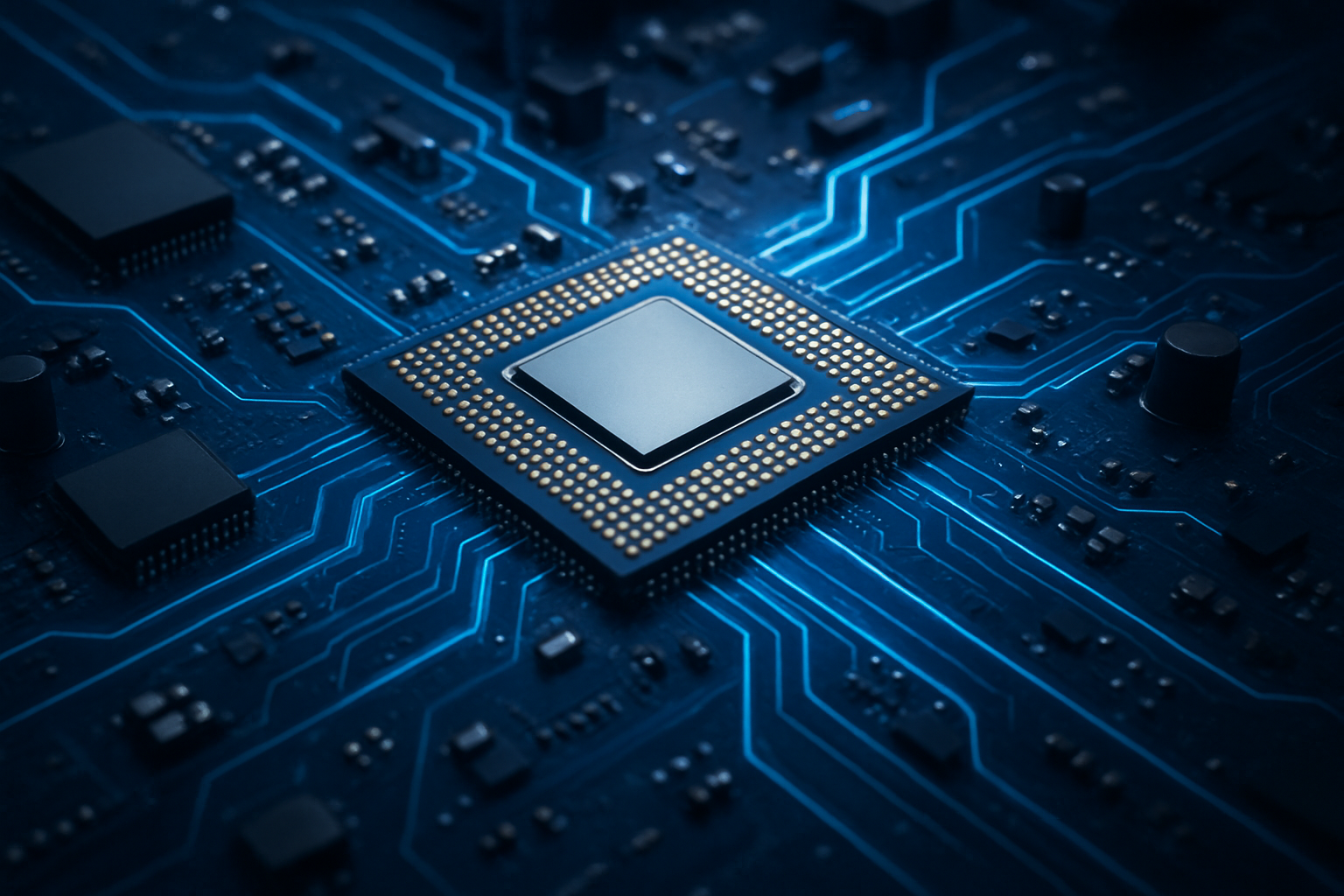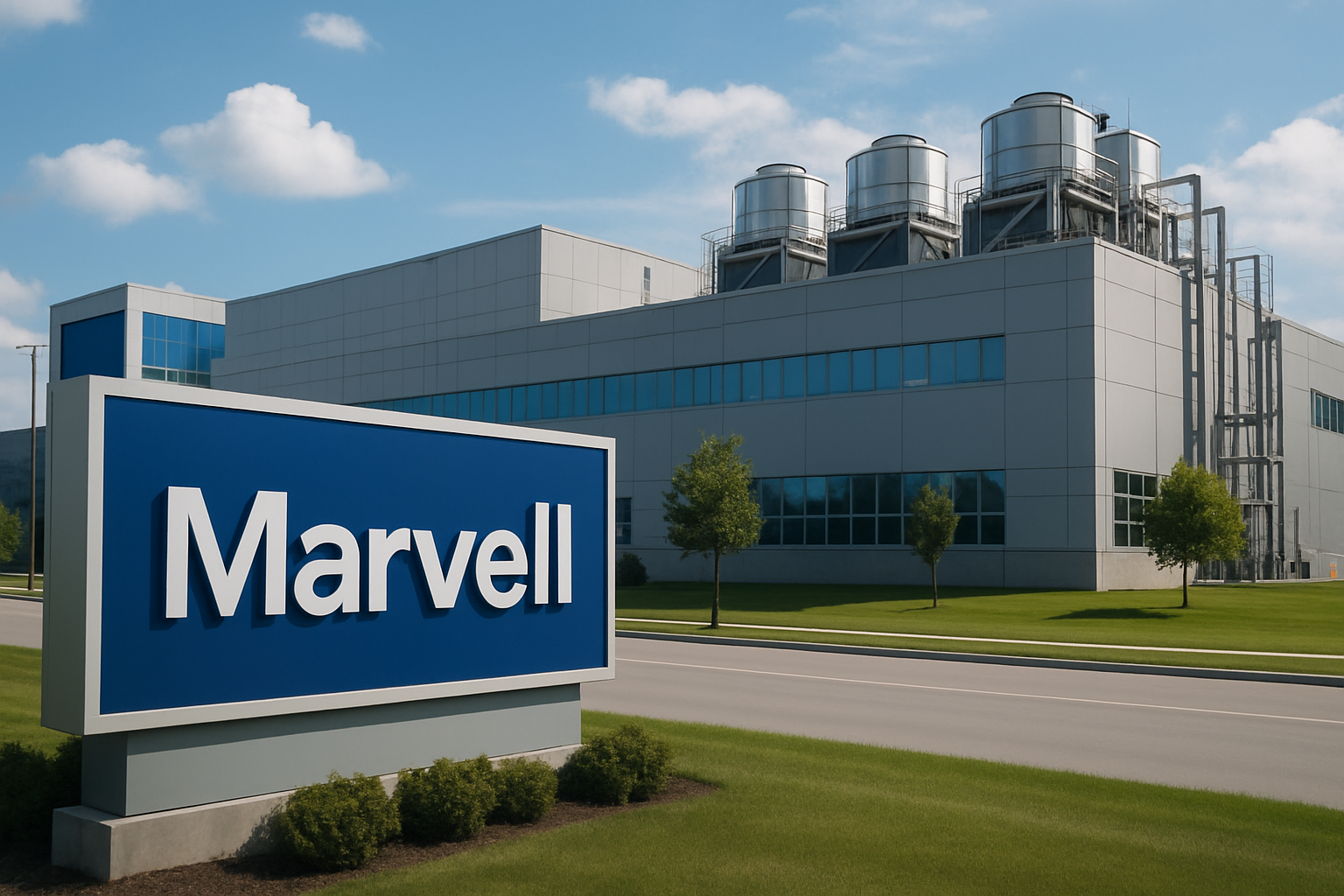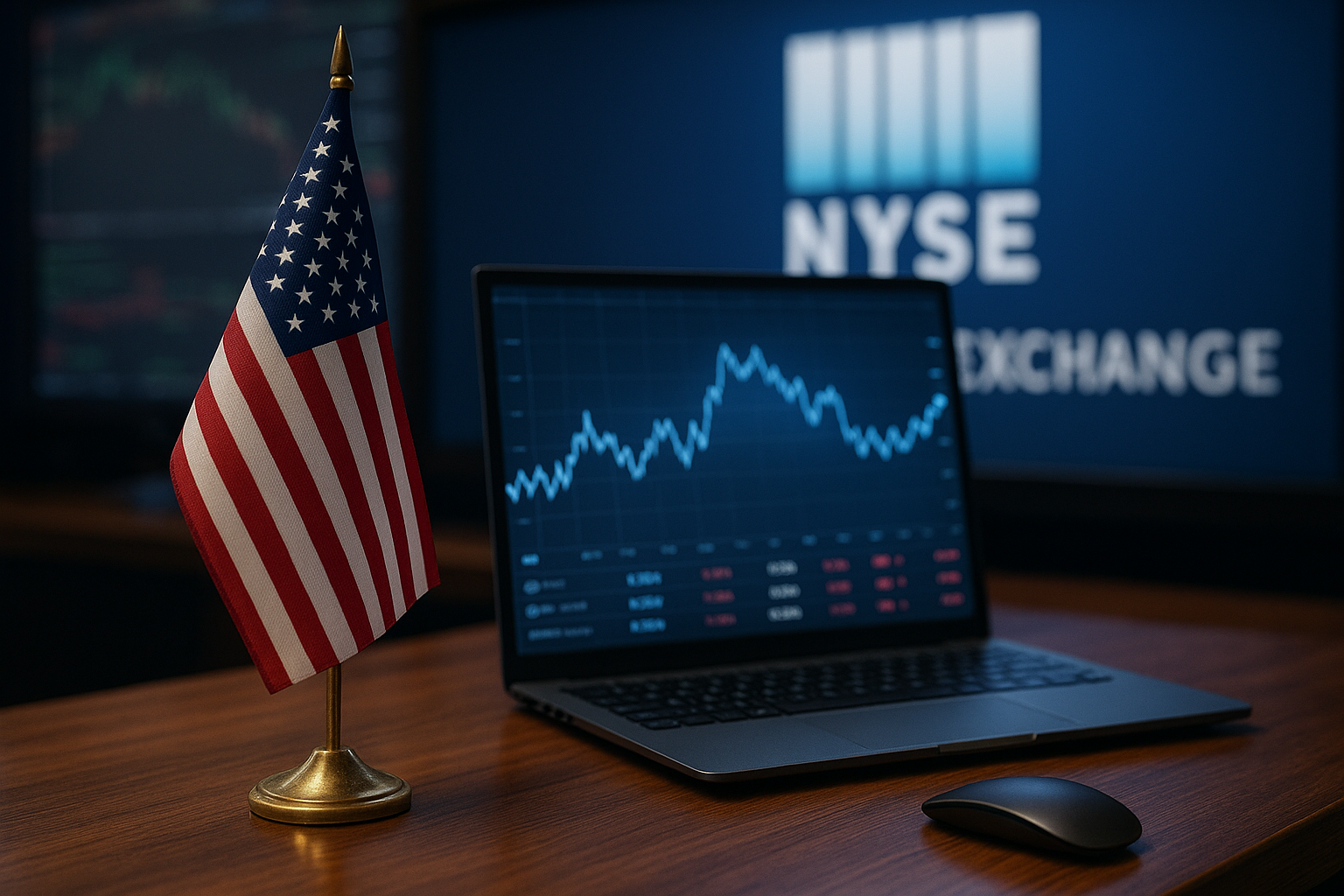The race to build the backbone of artificial intelligence has entered a new phase — one where the quiet heroes of infrastructure, not the headline chipmakers, are catching investors’ attention.
After a year of blockbuster earnings and trillion-dollar valuations in Big Tech, a subtle rotation is taking shape inside the AI ecosystem. Fund managers are shifting focus from mega-cap chipmakers to the companies that power inter-GPU communication — the invisible plumbing behind AI’s exponential growth.
According to Business Insider, asset managers are increasingly eyeing niche infrastructure players like Astera Labs (ALAB), whose networking solutions enable faster data transfers between AI chips. The move underscores a growing realization: while Nvidia ($NVDA) and AMD ($AMD) dominate the AI narrative, the ecosystem’s real bottleneck may now lie in how efficiently chips talk to each other, not just how powerful they are.
Why AI Infrastructure Is the New Battleground
As large-scale AI training expands, data throughput — the ability to move information rapidly between GPUs — has become a key performance metric. A recent McKinsey report noted that global AI infrastructure spending is projected to exceed $400 billion by 2030, with networking hardware expected to grow nearly three times faster than core processing components.
Companies like Astera Labs, Arista Networks ($ANET), and Marvell Technology ($MRVL) are emerging as critical enablers of this ecosystem, building high-speed connectivity fabrics that link AI clusters across data centers. In effect, these firms are becoming the “digital arteries” of generative AI systems that demand immense bandwidth and ultra-low latency.
While these stocks were once considered back-office suppliers, they’re now seen as front-line beneficiaries of enterprise AI adoption. For instance, Arista’s latest quarterly earnings showed 21% year-on-year growth in cloud networking revenue, driven by hyperscale clients expanding AI-ready infrastructure.
Why This Matters for Investors
The story unfolding in the AI sector mirrors a broader market shift: investors are reassessing risk in Big Tech’s overextended valuations. The Nasdaq 100 has gained more than 28% year-to-date, yet much of that growth is concentrated in just a handful of names — the so-called “Magnificent 7.”
Analysts at Bloomberg Intelligence warn that forward P/E ratios for top AI beneficiaries are now 30–40% above their 10-year averages, suggesting limited upside unless earnings continue to outperform. This valuation strain has prompted portfolio managers to seek opportunities in the less crowded corners of the AI value chain — where growth potential may not yet be fully priced in.
Astera Labs, which went public earlier this year, is a case in point. The company’s networking chips are designed to reduce latency in GPU clusters, a technology increasingly vital to hyperscale data centers. Despite being a relatively new entrant, its stock has climbed more than 70% since IPO, outpacing several large-cap tech peers.
Future Trends to Watch
- Next-Gen Networking Standards:
The rollout of PCIe Gen6 and CXL 3.0 standards is expected to redefine data-center architectures. Early adopters among networking firms may see accelerated demand as AI workloads expand. - Diversified AI Supply Chains:
The recent easing of China’s export restrictions on gallium and germanium — essential materials for semiconductors — could reshape global sourcing strategies, benefiting companies with resilient, multi-region supply chains. - AI-Driven Data-Center Spending:
Hyperscalers like Amazon ($AMZN) and Microsoft ($MSFT) continue to ramp up AI infrastructure spending. Goldman Sachs forecasts data-center capex to rise over 20% in 2026, suggesting sustained tailwinds for networking hardware makers. - Valuation Realignment in Big Tech:
While enthusiasm for AI remains high, correction risks persist. Investors should expect periodic pullbacks as earnings expectations normalize and interest-rate pressures re-enter market narratives.
Key Investment Insight
The current AI boom may be maturing, but that doesn’t mean opportunity has vanished — it’s merely shifting. The most promising gains may lie beyond the headline chipmakers, in companies that solve bottlenecks in AI efficiency and scalability.
Investors should consider selective exposure to AI infrastructure enablers — firms specializing in high-speed interconnects, optical networking, and energy-efficient data-center design. At the same time, maintaining disciplined valuation metrics is crucial; overpaying for growth in an overheated market can quickly erode long-term returns.
MoneyNews.Today Insight:
AI’s next leg of growth won’t just come from smarter algorithms — it will come from the silent engineering revolutions that make those algorithms work faster and cheaper. As capital rotates from giants to enablers, understanding these under-the-radar players could be the key to capturing the next wave of AI-driven returns.
Stay with MoneyNews.Today for daily investor-focused insights, market updates, and sector-by-sector analysis that help you make sense of tomorrow’s financial opportunities.





